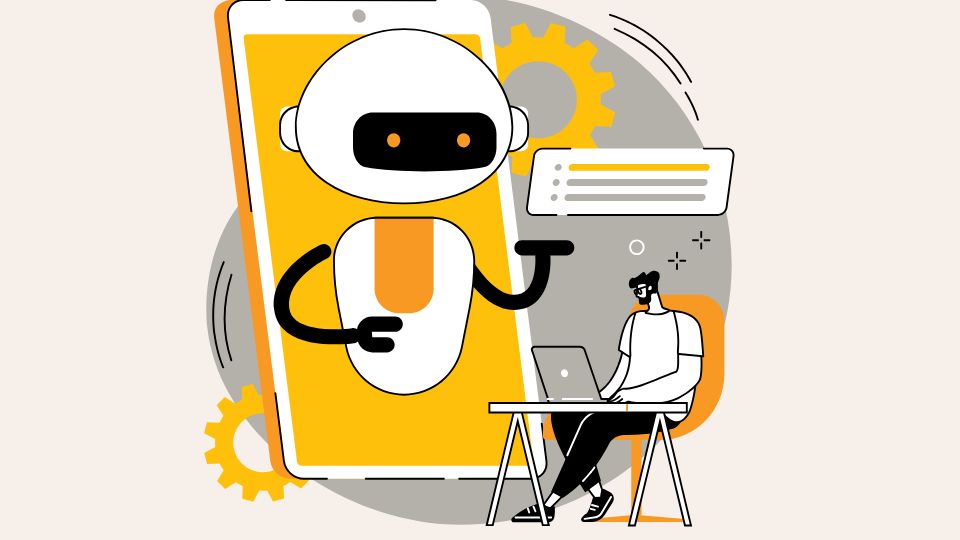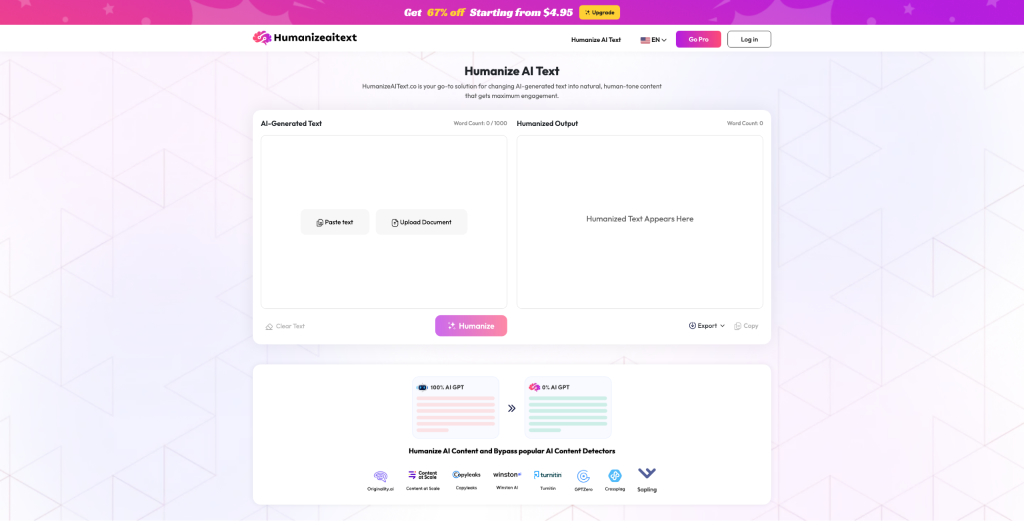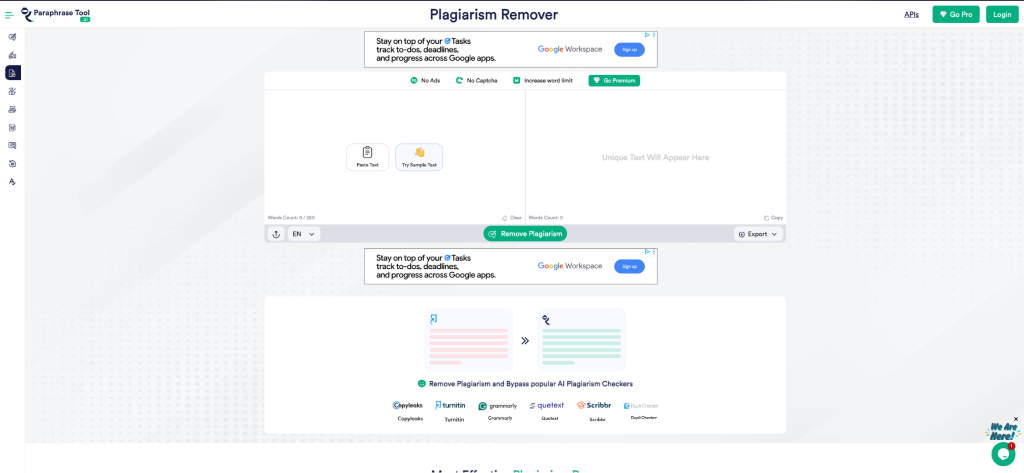
How AI Writing Tools Help Manufacturers Create Technical Guides
For manufacturers, technical guides aren’t optional. They’re the foundation of smooth operations.
What does this mean?
Without them, workers would struggle to use machines, safety steps might be ignored, and clients could feel lost during product setup.
Clear guides prevent that. They keep production lines running. They keep employees safe. They keep customers happy.
But here’s the problem: creating those guides takes a lot of time. It also demands skills that not every worker has. Writing clearly is not as easy as it looks.
According to a 2024 survey, knowledge workers spend nearly 50% of their time creating and updating documents.
Now imagine the energy that could be spent instead on testing new designs, improving machines, or speeding up production.
Isn’t time too valuable to waste on paperwork?
This is where artificial intelligence steps in. Yes, AI is changing the game for you. It can generate technical documentation that looks professional, sounds clear, and is easy for anyone to follow.
The result?
Faster workflows. More focus on innovation. Less stress for teams.
In this piece, you’ll discover how AI tools are changing the way technical guides are created. Keep reading!
Why Technical Guides Are Important in Manufacturing
Manufacturing isn’t just one action. It involves multiple steps, machines, and safety measures.
If the guide isn’t written clearly, workers might make mistakes. Mistakes cost money. Mistakes also put lives at risk.
Guides translate complicated instructions into something workers and clients can follow. Without them, even experts can get lost. A machine operator might misread a process. A client might install the equipment incorrectly. That’s how accidents happen.
Before AI, creating guides took a lot of human effort. Writers had to sit down with engineers, ask questions, take notes, and then turn all of that into a usable document. This process could take weeks or months.
The problems?
It was expensive, had slow turnaround times, and the guides weren’t always written in the same style or quality.
AI now helps solve these problems by making guide creation faster, cheaper, and more consistent.
AI’s Role in Writing Technical Guides
AI is not only for machines and factory work. It also helps people write and explain things more clearly. In fact, it can speed up writing by creating first drafts, making text easier to read, and adjusting it for workers, customers, or anyone else who needs it.
This means you don’t need to waste time fixing grammar, layout, or sentence flow. AI does the heavy lifting, so humans don’t have to.
The bottom line?
With AI, everything gets done quicker, the instructions are clearer, and all documents sound the same instead of confusing.
And here’s the best part. AI doesn’t replace the human; it frees the human. Instead of drowning in grammar checks or boring formatting, writers and engineers can focus on what really matters: solving problems and building better products.
That’s the quiet power of AI in technical documentation.
8 Ways AI Writing Tools Help Manufacturers Create Technical Guides
In this section, we are showing eight different ways AI tools are helping manufacturers write guides.
1. Write First Drafts in Minutes
The toughest part of writing?
Nothing is harder than struggling to get started. Sometimes, you are unsure where to begin.
Simply head over to AI content creation tools and input the details. And guess what? They instantly turn the given instructions into a well-structured first draft. Then you can polish it and make it perfect.
What used to take a few hours now takes minutes.
But it’s more than just speed. AI ensures consistency. No forgotten steps. No poor formatting. No missing safety warnings.
It also helps smaller teams do the work of larger ones. A single technical writer can now produce guides that once required entire departments.
In short, AI content drafting tools don’t replace writers. They take away the heavy lifting so writers can focus on clarity, tone, and accuracy.
2. Make Instructions Error-Free
Instructions must be easy to understand. If they’re not, users can get confused or even make mistakes. Vague or poor writing can lead to misunderstandings.
What happens when a repair worker misunderstands a single step? Big trouble.
Here, AI grammar and style checkers polish your sentences so they’re clean and concise. No grammar errors. No confusing structure.
These tools also save time for writers who might otherwise spend several minutes on editing. Instead of rereading the same line ten times, they can let AI suggest fixes instantly.
3. Translate Guides for Global Teams
Manufacturers don’t just serve one country. They sell machines, parts, and products across borders. That creates a problem: every manual, every guide, every small update needs to be written in multiple languages.
And hiring human translators for each version? Too costly. Too slow.
By the time one translation is done, the product may already have an update.
This is where AI translation tools can help by translating a technical guide into many languages, saving both money and time.
The real advantage is that AI can handle complex technical words in a way that makes sense no matter where the document is read. The core meaning doesn’t get lost.
4. Organize Content into Easy-to-Follow Steps
A technical guide only works if people can move through it without getting lost. That’s why AI formatting tools can give you a helping hand.
How?
They break down big blocks of text into neat sections, bullet points, step-by-step instructions and safety notes.
They don’t just organize words. They shape the content into manuals, FAQs, or standard operating procedures that look professional and easy to follow.
The big win?
These tools improve readability while also keeping the documents in line with industry standards.
But why stop there? Imagine a worker opening a manual that instantly makes sense. No walls of confusing text. Just clarity.
AI can even adjust layouts depending on the purpose (quick checklists for busy workers, detailed sections for training, or concise warnings where safety matters most).
Isn’t that what every manufacturer wants — clear guidance that saves time and prevents mistakes?
5. Turn Robotic Text into Human-Like Writing
AI writing can feel unnatural. Yes, most often it sounds robotic.
Here’s the solution: AI humanizer tools. They humanize text by rewriting it so that the results outsmart AI detectors. This means the content doesn’t get detected.

But it’s not just about fooling detectors. It’s about trust. Readers want to feel that the text was crafted with care.
In technical writing, clarity and flow matter as much as accuracy. Nobody wants to read complicated sentences when learning to use a machine.
Humanizers make sure it sounds right.
6. Ensure Originality in Your Work
Manufacturers often use older material to create new guides. That could be manuals, supplier instructions, or even industry documents.
But copying directly can create plagiarism issues without anyone even realizing it.
That’s where tools like an AI plagiarism remover help you rewrite plagiarized text into something fresh. The meaning stays the same. But the words? Different enough to pass originality checks.

Why does this matter?
Because originality isn’t just about looking professional; it’s about avoiding compliance risks and protecting intellectual property.
No company wants to deal with legal trouble over words they didn’t even intend to copy. These tools assist you in preserving your reputation.
7. Condense Complex Research into Key Points
Creating technical guides isn’t easy. Writers often receive a stack of manuals and reports. This gives a headache to even the experienced ones.
So, what’s the solution?
AI research summarizers. These tools analyze lengthy documents and pull out the key points that actually matter.
The result? Guides that save time and help end users focus only on what’s useful. No distractions.
8. Create Visuals That Bring Instructions to Life
Sometimes text doesn’t cut it. Guides can feel dry without visuals.
Think of a machine manual. Without diagrams, how would you know which button does what? Pictures, flowcharts, and labels fill that gap.
AI visual generators can actually draw diagrams and images that match the text. Give the basic instructions to these tools and they create a perfect diagram. Every part is labeled. No manual sketching required.
The result? Your manuals become engaging. Isn’t that what you want?
Challenges and Best Practices
AI tools can speed things up, yet they still make mistakes. That’s why human oversight matters.
When it comes to complex technical processes, AI can easily get details wrong. So, humans must double-check for accuracy.
Another issue? Data privacy and security.
Feeding sensitive company details into AI systems carries risks. Leaks. Misuse. Exposure.
So, what’s the best approach?
Use AI as a co-pilot, not a replacement.
Humans bring context and understanding. AI brings speed, structure, and consistency. Together, they create content that’s accurate, safe, and reliable.
Here’s the bottom line: AI is a tool, not a boss.
Manufacturers should use it to work faster and more efficiently while still relying on their own skills to ensure quality.
Because in the end, accuracy builds trust. And trust keeps customers coming back.
Conclusion
Technical guides are the backbone of manufacturing success.
AI writing tools step in to make the job easier. Faster drafts. More accurate details. Lower costs.
From the first outline to the final polish, AI has every step covered — drafting, translation, plagiarism cleanup, visual aids, and more.
Why struggle with rewrites?
Instead, let the tools handle the hard parts so teams can focus on what really matters.
The hidden benefit?
Consistency.
You’ll get a guide that feels professional from start to finish. Something workers trust, no matter the language or format.
In short, AI doesn’t just help write. It helps build confidence. It helps create manuals that people actually read and understand.
Manufacturers who embrace these solutions will not only save time and resources but also deliver better, clearer guides for employees and clients alike. So the choice is yours.



